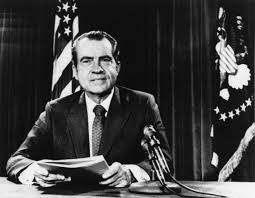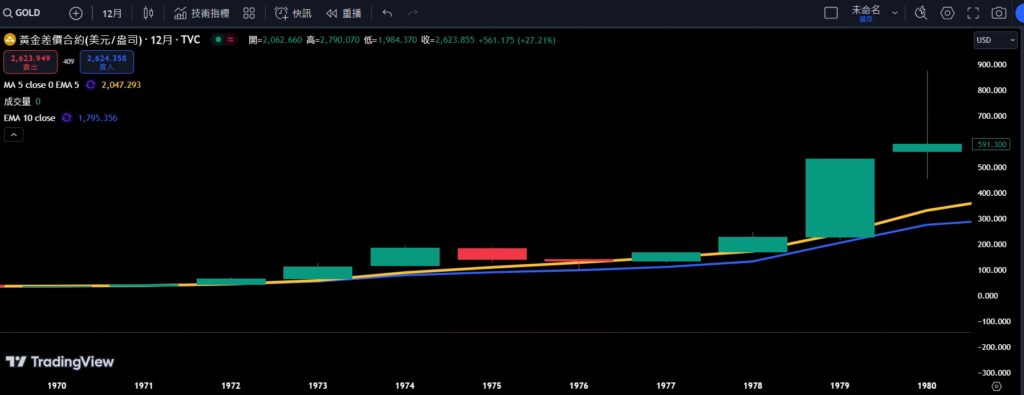The Nixon Shock of 1971 was a watershed moment in global economic history, fundamentally altering the role of gold in international markets. When U.S. President Richard Nixon unilaterally ended the dollar’s convertibility into gold, the move dismantled the Bretton Woods system and ushered in a new era of floating exchange rates. This decision not only redefined gold’s relationship with fiat currencies but also had profound and lasting consequences for global markets.

What Was the Nixon Shock?
- End of the Gold Standard:
- In August 1971, Nixon announced the suspension of the U.S. dollar’s convertibility into gold, effectively ending the post-World War II Bretton Woods system.
- The dollar, previously pegged at $35 per ounce of gold, was now decoupled, allowing its value to fluctuate freely.
- Reasons Behind the Decision:
- Growing U.S. trade deficits and inflation put pressure on gold reserves.
- Foreign nations, led by France, began demanding gold in exchange for their dollar holdings, straining U.S. reserves.
Immediate Consequences
- The Collapse of Fixed Exchange Rates:
- With no fixed gold anchor, global currencies began to float, creating a more volatile and dynamic currency market.
- A Surge in Gold Prices:
- Freed from its fixed price, gold entered a bull market, rising from $35 per ounce in 1971 to over $800 by 1980.

Long-Term Impacts on Global Markets
- Inflationary Decade:
- The 1970s saw stagflation, with high inflation and sluggish economic growth, further boosting gold’s appeal as an inflation hedge.
- Rise of Gold as a Free Market Asset:
- Without central bank-imposed price controls, gold became a fully market-driven commodity, leading to greater volatility and investment opportunities.
- Shift in Reserve Strategies:
- Central banks diversified away from gold toward a broader range of reserve assets, including foreign currencies and bonds.
Gold’s Role in the 2000s
- Revival of Gold’s Appeal:
- Economic crises in the early 2000s, such as the dot-com bubble burst and later the 2008 financial crisis, reignited interest in gold as a safe-haven asset.
- The Start of a Long Bull Market:
- Gold’s price began climbing steadily in the 2000s, reflecting growing investor demand amidst economic uncertainty and geopolitical tensions.
Legacy of the Nixon Shock
The Nixon Shock redefined the global financial system, marking the transition to fiat currency dominance and creating the foundation for today’s interconnected global economy. It also cemented gold’s role as an independent asset, no longer bound to government monetary systems but still critical for wealth preservation.
By severing the dollar’s link to gold, the world entered an era of unprecedented monetary policy flexibility—and equally unprecedented financial market volatility. For gold, this marked the beginning of a new chapter as both an investment vehicle and a symbol of economic stability.
